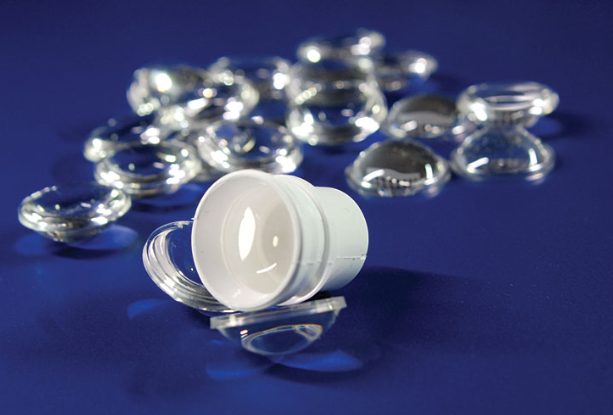The Role of Activated Carbon in Water Treatment: Benefits and Limitations
Water is an essential resource for all living beings, yet access to clean and safe drinking water remains a critical issue in many parts of the world. Among the various water purification methods available, **activated carbon** stands out as one of the most widely used and effective filtration materials. This article delves into the advantages and drawbacks of activated carbon in water treatment, highlighting its important role in ensuring clean and safe water for human consumption.
**What is Activated Carbon?**
Activated carbon, also known as activated charcoal, is a highly porous form of carbon that has been processed to increase its surface area. This unique structure allows it to adsorb a wide range of impurities, making it a key component in many water purification systems. It can be manufactured from various organic materials such as wood, coconut shells, peat, and coal, each offering different properties depending on the application.
**Benefits of Activated Carbon in Water Treatment**
1. **Effective Adsorption**
Activated carbon excels at removing organic compounds, chlorine, and other contaminants from water. Its large surface area makes it highly efficient at trapping these substances, significantly improving water quality.
2. **Improving Taste and Odor**
One of the main benefits of using activated carbon is its ability to eliminate unpleasant tastes and odors in drinking water. This makes it a popular choice in household filters, resulting in more enjoyable and refreshing water.
3. **Reducing Microbial Load**
While not designed specifically for microbial removal, activated carbon can help reduce the presence of bacteria and viruses through adsorption. Some advanced filters are treated with antimicrobial agents to further enhance their ability to combat pathogens.
4. **Versatile Application**
Activated carbon is used in a variety of water treatment systems, from small home units to large municipal plants. Its adaptability makes it suitable for addressing a wide range of water quality issues.
5. **Eco-Friendly Option**
Many types of activated carbon are made from renewable resources like coconut shells, making them an environmentally sustainable choice. Additionally, some forms can be reactivated and reused, reducing waste and environmental impact.
**Limitations of Activated Carbon in Water Treatment**
1. **Limited Removal of Inorganic Contaminants**
Activated carbon is not effective against inorganic pollutants such as heavy metals (e.g., lead, arsenic) or dissolved salts. For these, additional filtration methods are often required.
2. **Need for Regular Replacement**
Over time, activated carbon becomes saturated with contaminants, reducing its effectiveness. This means regular replacement or reactivation is necessary, which can add to maintenance costs.
3. **Risk of Microbial Growth**
If not properly maintained, activated carbon filters can become a breeding ground for bacteria and other microorganisms. This is especially concerning in systems that do not effectively remove pathogens.
4. **Quality Variability**
The performance of activated carbon can vary greatly depending on its source and production method. Low-quality products may have reduced efficiency, so choosing a reliable supplier is crucial.
5. **Flow Rate Restrictions**
Because of its adsorption properties, activated carbon can slow down water flow. This might be a drawback in high-demand situations where fast water delivery is needed.
**Conclusion**
Activated carbon plays a vital role in modern water treatment, offering significant improvements in water quality, taste, and safety. However, it is not a universal solution. It has limitations, including the need for regular maintenance, potential for microbial growth, and inability to remove certain contaminants. To achieve the best results, activated carbon is often combined with other technologies such as reverse osmosis or ion exchange. As water treatment continues to advance, activated carbon will remain a key player in the global effort to provide clean and safe drinking water for all.
To learn more about activated carbon or to order your supply, click here.


Optical liquid silicone rubber
Transparent liquid silicone rubber is a highly transparent and high-performance synthetic material that operates stably across extreme temperature ranges and offers excellent resistance to various chemicals. Its electrical insulation properties make it suitable for encapsulating electronic components, while certain formulations meet biocompatibility standards, making it ideal for medical and food contact applications. This material is easy to process and is widely used in lighting, optical components, and various industrial products, making it a favored choice due to its outstanding performance
Superior Transparency, Chemical Resistance ,Fast Curing liquid silicone, UV Resistance, Durability
Ninja Silicone , https://www.ninjasilicone.com